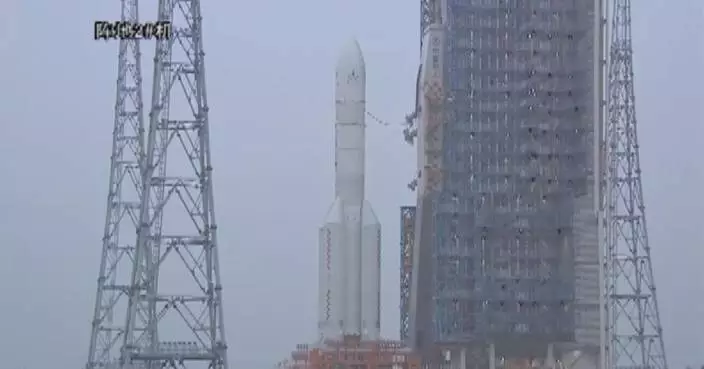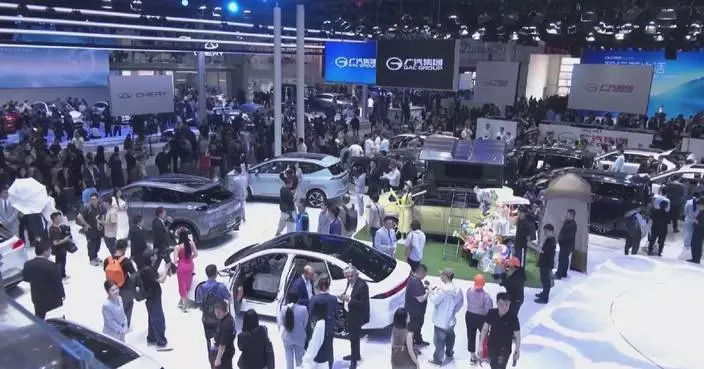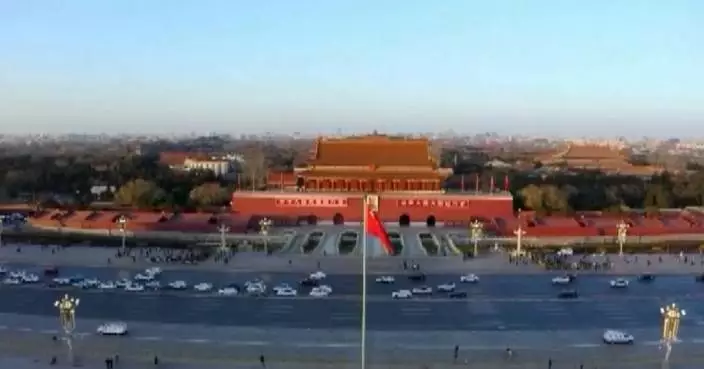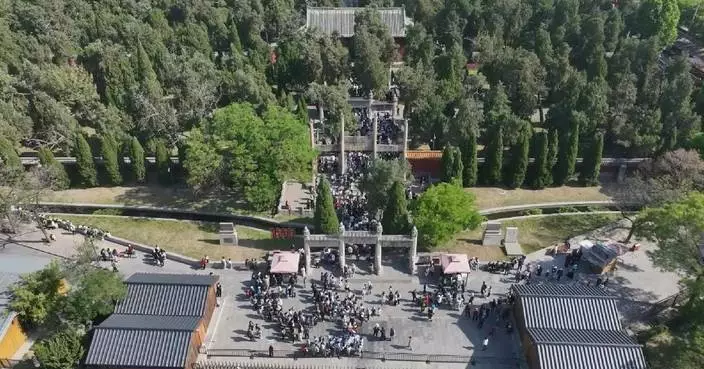U.S. equity funds saw very sharp outflows last week as investors offloaded over 21 billion U.S. dollars worth of funds, the most since Dec. 2022.
Sentiment on main street has clearly soured as tensions in the Middle East keep worsening, which has dampened investor sentiment.
The blue chip S and P 500 and tech-heavy Nasdaq have now notched six consecutive down days, removing hopes that the Fed will ride further to the rescue with additional easing moves.
Earnings results so far have been a mixed bag, failing to provide a positive catalyst.
Even high-flying semi-conductor stocks -- the best-performing shares so far this year -- have been bruised - shedding their largest weekly losses in almost two years.
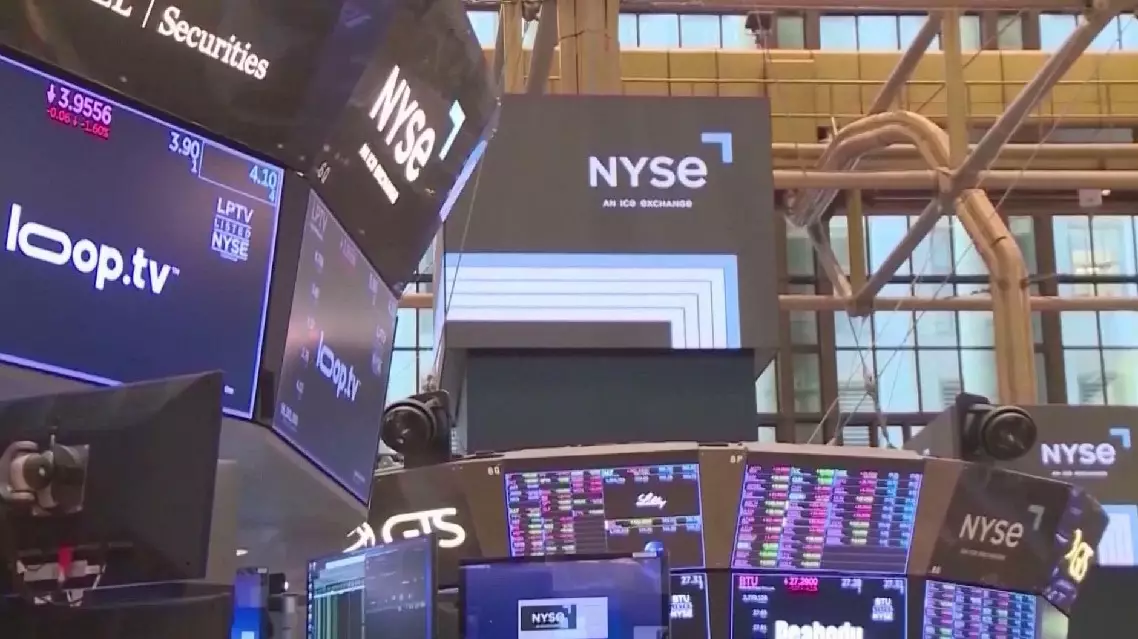
US equity funds see largest weekly outflows in 16 months
Customers in Shanghai are flooding back to brick and mortar stores to upgrade their home appliances thanks to advances in energy efficiency and the availability of subsidies offered by local government, home appliance brands and retailers.
A store in Shanghai's downtown Changning District has welcomed an average of 2,800 customers on a daily basis in recent days.
Labels on some home appliances show that customers have access to a 10 percent subsidy as long as the products they buy are energy efficient.
"With this 10-percent subsidy, I decided to make offline purchase at this store. It's cheaper after all," said one customer.
This 10 percent subsidy is offered by the Shanghai government to boost consumption.
Retailers are also offering subsidies, further driving up consumption.
"If a customer is buying a product with grade one energy label, while at the same time has an old machine for replacement, the customer can enjoy a 10 percent subsidy from the government. And our platform and the manufacturer together offer a 10 percent subsidy for trade-in goods. And we are also offering an additional seven to eight percent subsidy for sets, and a five percent subsidy for single items. So the customer can generally get a 35 to 40 percent subsidy," said Yang Xu, procurement and sales manager with a Shanghai branch of China's e-commerce giant JD.com.
Noticeably, people are willing to buy more products, especially more high-end models.
"Things are now cheaper. So I have money left for high-end products. I've spent 20,000 yuan (about 2,764 U.S. dollars) here. In the past, I would not choose a refrigerator of more than 13,000 yuan (about 1796 U.S. dollars). I would only buy one with half its price. And I was not planning to buy a TV. But now, I've decided to buy one," said one customer.
Boosting consumption is just one upside of such trade-in programs. Replacing old machines with more energy efficient models also aligns with the country's carbon reduction goals.
China has pledged to achieve peak carbon emissions by 2030, and carbon neutrality by 2060.

Home appliances trade-in programs boost consumption, protect environment





